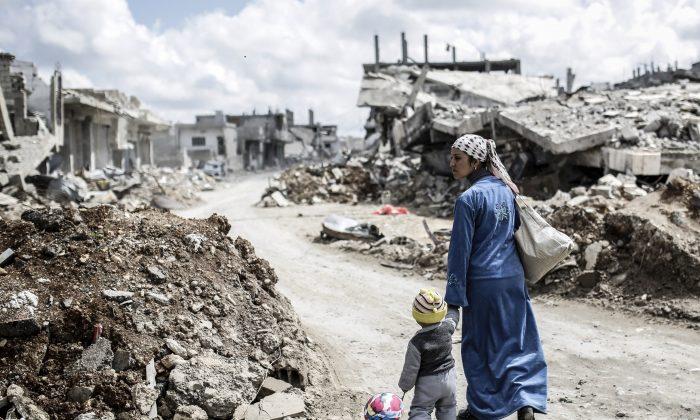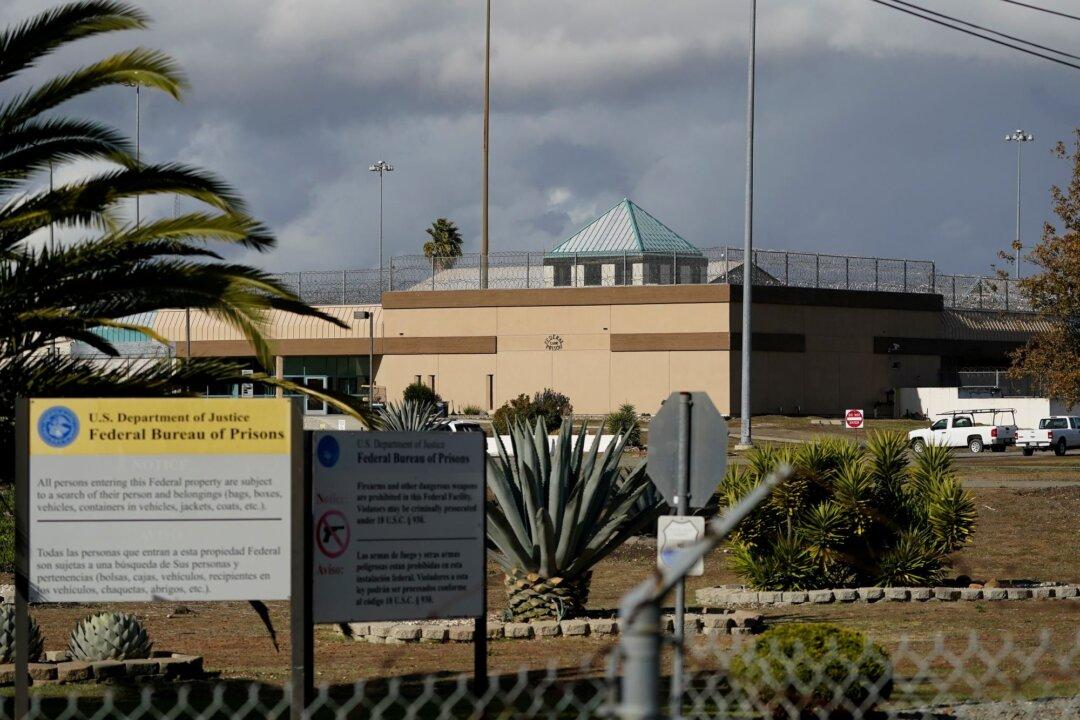KAWERGOSK CAMP, Iraq—Perwin Shamsaddeen Ali, a Syrian refugee living in a tent camp in northern Iraq, has been reduced to cooking one meal a day for her family of four.
“I cook at 11 o'clock and we eat the leftovers in the evening. Why? Because we have no more food, that’s why,” the 28-year-old mother of two said as her sons tossed a balloon outside their tent. “Today I gave the kids some noodles, that’s all. That’s all we had today.”
As aid agencies struggle to keep pace with the worst refugee crisis since World War II they have been forced to cut back on assistance, including food rations. With no end in sight to the Syrian war, and regional host countries increasingly overwhelmed, many refugees see the perilous crossing to Europe as their only option.

Donors will be asked to provide nearly $9 billion to aid agencies and host countries in 2016 at an annual conference held Thursday in London — a record request. But donors have come up short in previous years.
A funding shortfall last year forced the World Food Program, the U.N. agency responsible for feeding the refugees, to cut back. Some refugees no longer receive any food aid, while others get half what they did before. Monthly cash assistance has been reduced to $10 per person.
Ali’s husband has been jobless for months. The local economy in the autonomous Kurdish region of northern Iraq has been hard-hit by the war against the Islamic State group and the plunge in global oil prices.
“We are selling our stuff, our household items, to get along. Most of the time we sell the kerosene,” she said, referring to the fuel they receive from aid groups to heat their tent and cook.
Some refugees say the voucher system the WFP uses to hand out aid is exacerbating the problem, since it can only be used in the camp’s supermarket, where goods are more expensive than outside.
“A kilogram (2 pounds) of sugar costs 750 Iraqi dinars ($0.60) outside the camp. Here, it’s 1,500. The same with rice. A chicken costs 3,500 dinars outside, while here it’s 5,000,” said Khaled Fattah, 42, also from Syria, who lives in the camp with his wife and five children.
Fattah, who is also unemployed, said he received $70 in cash aid this month but it only lasted 10 days. His wife was trying to supplement their diet by growing collard greens next to their tent, while he was selling half of their kerosene outside the camp.
The WFP says its Iraq operation was 61-percent underfunded last year. In 2015, it gave food assistance to 1.8 million displaced Iraqis across the country, plus 60,000 refugees from neighboring Syria.
“Throughout the region there has been a major impact of the shortage of funds,” said Abeer Etefa, the WFP’s regional communications officer. She said some items in the camp cost more because they had to be transported to remote locations, but that the WFP plans to negotiate better deals with suppliers this year to lower the costs.
The food shortages have convinced some inside the camp that they would be better off heading to Europe, despite the well-known dangers of crossing the choppy seas in smuggler boats.
“It is better for people to drown in the sea than to live here,” said Ali’s neighbor, 20-year-old Newroz Ahmat. “At least half of the people will make it.”






Friends Read Free